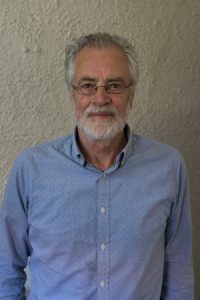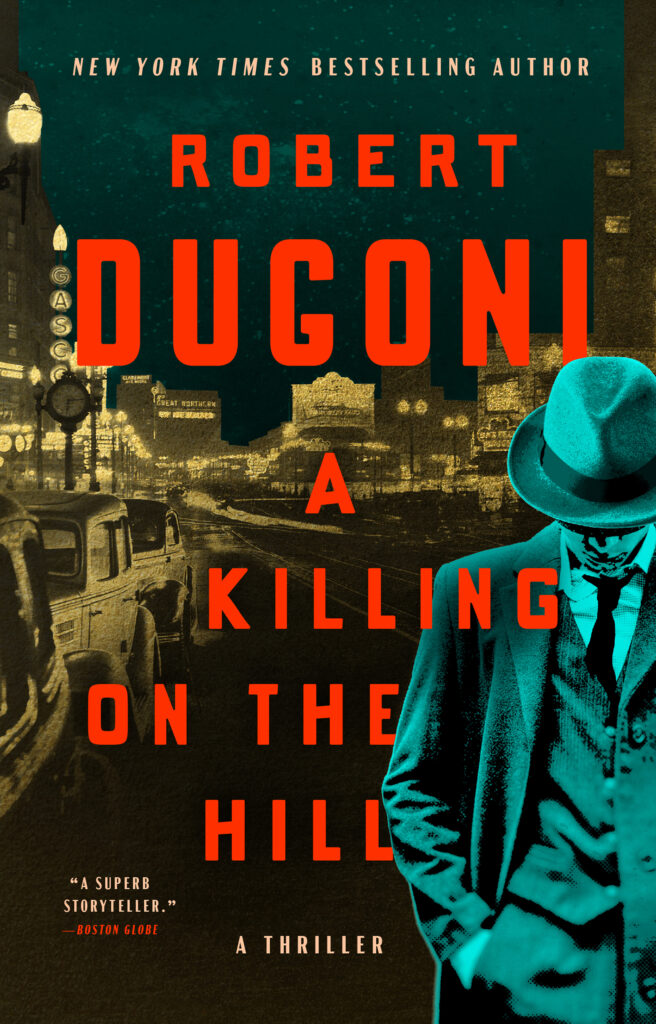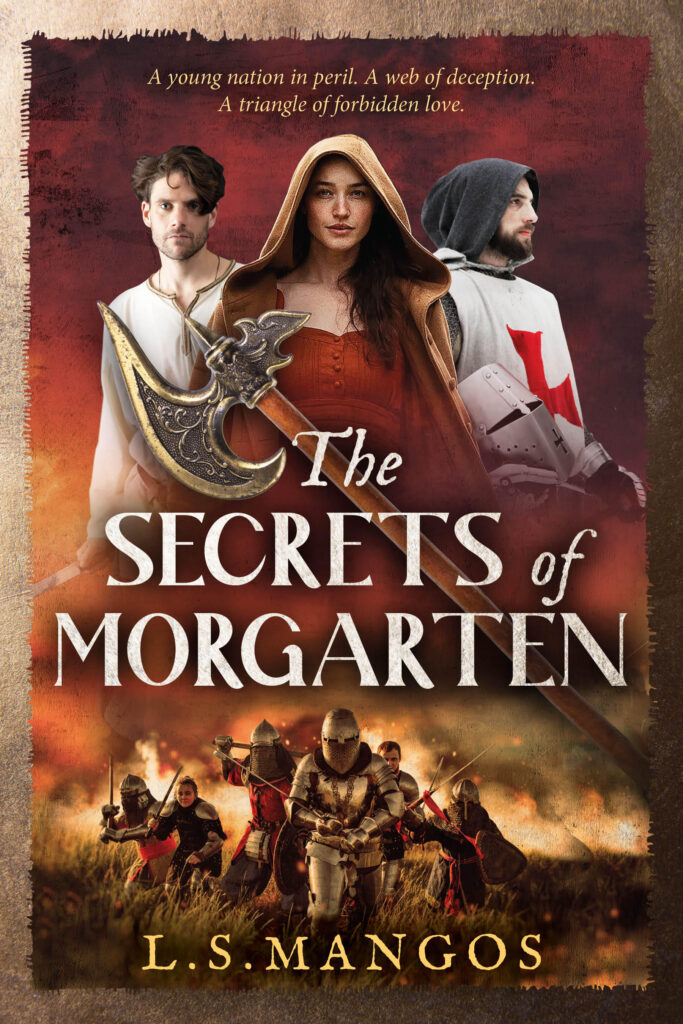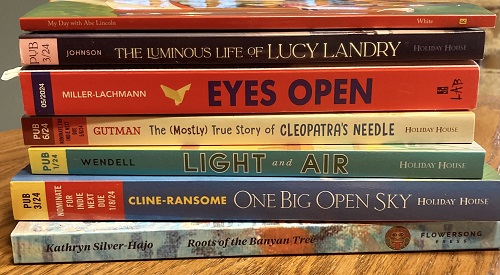The Bookshop of the Broken Hearted by Robert Hillman Explores the Power of Love to Heal

Set in an Australian rural community in the 1960s and 1970s, The Bookshop of the Broken Hearted (Putnam, 2019) has as its hero a thirty-something man who fell into farming when he inherited his uncle’s property. Tom is recovering from some personal loss around the time that Hannah moves into the area to open up a bookshop. People soon learn that she’s originally from Hungary and is Jewish – but since their knowledge of what unfolded in Europe during World War II is virtually non-existent they are unable to imagine what her past might have been like.
As Tom gets to know her, he comes to understand that she spent some time in a place called Auschwitz and experienced unimaginable suffering. It is the theme of how love can help one move forward from such suffering that drives this novel forward.
“All my novels are about love and its trials,” says author Robert Hillman. “In this book, the trials that love faces are about as piercing as they can ever get. My two central characters come to love each other, and the question for the reader that emerges is this: What can love achieve? Everything? Nothing?”
Parts of The Bookshop of the Broken Hearted are set in Europe during the 1940s and 1950s. Readers follow Hannah’s arrival at, and eventual departure from, Auschwitz, her return to Budapest and her quest to leave Europe (and her experiences there) behind. When she makes her way to Australia, it is as different a world as she could imagine and this contrast serves to make the horrors she lived through even more pronounced.

author photo by Jeremy Dillon
Hillman says he chose to set the novel in Australian farming country because he grew up in rural Victoria “surrounded by hill pastures and grazing sheep”. He does a wonderful job of painting the picture of Tom’s farm with its resident aging horse and blind pony, dairy cows, chickens, sheep dog and of course sheep, as well as the small town where Tom stocks up on supplies and the residents of the surrounding community. The other Australian setting he brings to life is “Jesus Camp”, a fundamentalist Christian enclave where Tom’s first wife retreats with her son, Peter.
“Although there is no equivalence of suffering [with Auschwitz], Jesus Camp echoes across the years to the camp in which Hannah was imprisoned,” Hillman says.
He goes on to add: “It would be grotesque to suggest that the suffering of Hannah at the hands of the SS could be compared to Tom’s sorrow when Peter is taken [to Jesus Camp]. People can recover from a broken heart, but the particular circumstances of Hannah’s heartbreak – no. The issue is not “recovery” but whether a commitment to life might allow a person to bear a terrible burden and still see the poetry in the world.”
Despite everything she suffered, Hannah somehow did, which is partly why she decided to establish her bookshop. She privately named it the “bookshop of the broken hearted”, writing the phrase out in Hebrew in a part of the world where only she was able to read the words. Throughout the novel, her belief in the power of books to heal is made clear, but she knows that she will always carry some measure of heartbreak with her.
A small farming town might seem like a strange location to set up shop in any country or any era but this choice serves to underscore to the reader her determination to succeed. Even though Tom warned her that the people of his area weren’t big readers, she believed she could interest the community in books of some sort, if not literary classics.
“Hannah grew up in the thrall of literature,” Hillman explains. “That she should conceive of opening a classy bookshop in a cheerfully philistine Australian town suggests something quixotic in her character, but it stands for something else, too: victory, in the life of all Jews who outlived those who wished to murder them and found the courage to embrace life again, a victory is recorded.”
Hillman wrote the biographies of three female survivors of the Holocaust, which required hundreds of interviews. He drew on the experiences of these real-life women when he was shaping Hannah’s past and family background.
When asked what he hopes today’s readers will take away from this 20th-century-set novel, Hillman says, “Suffering caused by violence has been with us in all seasons, in all centuries. It may be the outcome of ungovernable loathing, as in the Holocaust, or of an obscure program of revenge. But most suffering is less dramatic, unrelated to violence; unrequited love, bad news from the doctor. Life is more about coping with disappointment than enjoying an unbroken series of triumphs, since we can all imagine greater happiness than we can ever realize. Tom and Hannah adopt the only possible strategy for dealing with disappointment: find the courage to persist.”
About the contributor: Claire Morris is the HNS web features editor. She served as the managing editor of the HNS journal, Solander, from 2004 to 2009, and helped to start the HNS North American conferences.






